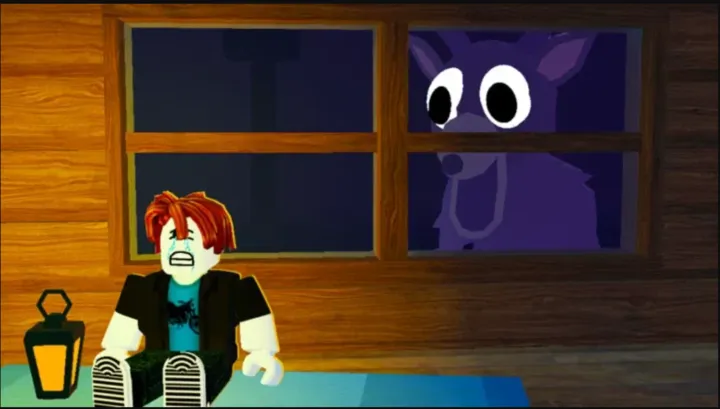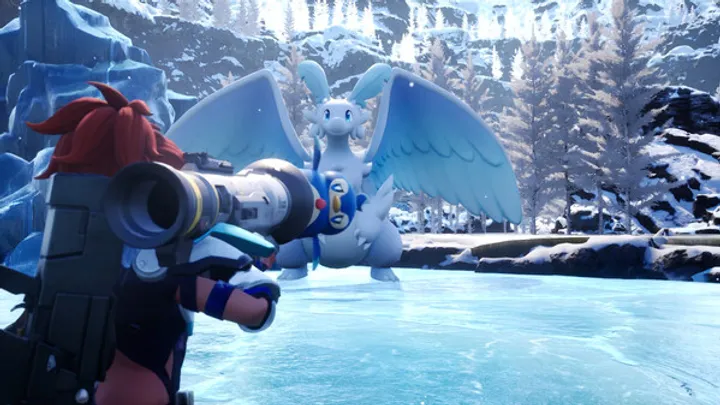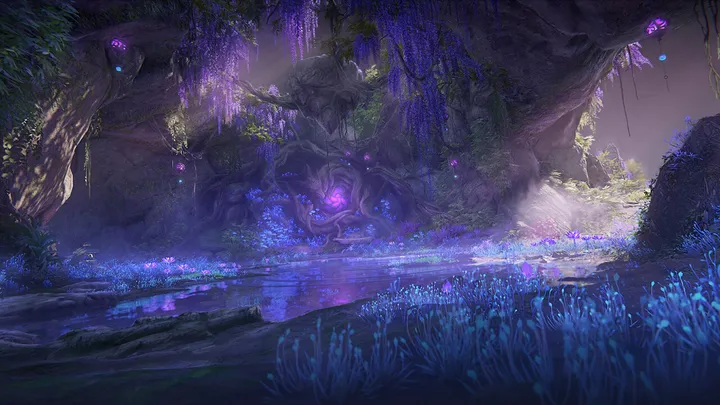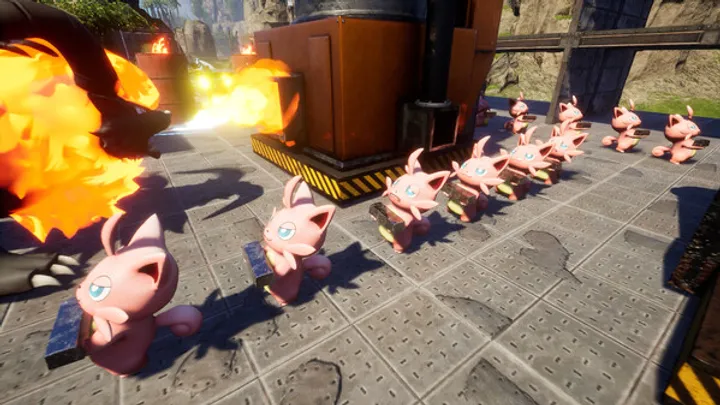When Ninety-Nine Nights (often abbreviated as 99Nights) was released, it promised an epic large-scale hack-and-slash experience, with armies flooding the screen and the player at the center of overwhelming chaos. On paper, the concept was thrilling: an arena where myth, fantasy, and sheer numbers collided in cinematic combat.
But beneath its glossy veneer and colossal battles lurked a recurring issue that continues to divide players and critics — the monotony of repetition. The forests, plains, and battlefields might stretch into the horizon, but the gameplay loop often collapses into a cycle of the same motions repeated night after night.
This article focuses on one specific flaw in 99Nights: how repetition in combat, mission structure, and character progression shapes — and often undermines — the player's journey through its so-called "99 nights." Structured chronologically and thematically, we’ll trace how this issue emerges, deepens, and resonates across the game’s design.
1. The First Night: Awe in the Forest
At the very start, 99Nights is breathtaking. The first night in the forest introduces players to its promise: hundreds of enemies swarming at once, swords clashing, magic lighting up the skies. For a moment, it feels like stepping into a battlefield dream, something no other hack-and-slash of its time attempted on this scale.
But embedded within this spectacle is the seed of its greatest weakness. The combat system, while flashy, revolves around repetitive button-mashing. Players can unleash devastating combos, but those combos barely evolve as the hours pass. The thrill of mowing down an army in the first hour is intoxicating. The question becomes: will that thrill still resonate on the fiftieth night?
2. Night Ten: The Shine Fades
By the tenth mission, the cracks start to show. Missions in 99Nights often recycle objectives:
- Defend a position until reinforcements arrive
- Clear the area of enemies
- Escort a vulnerable ally
- Defeat a commander at the end of the map
While these objectives could be elevated by smart AI or evolving strategies, the AI in 99Nights is remarkably shallow. Enemies rush forward in predictable patterns, rarely challenging the player to rethink tactics. The "forest" setting, lush and alive in the early hours, becomes another reskinned arena for the same dance of inputs.

3. Night Twenty: The Weight of Characters
One of the game’s major selling points was its diverse cast of playable characters. Each comes with backstory, abilities, and slightly different combat styles. On paper, this should have solved repetition by offering variety.
However, once you play long enough, you realize the difference is cosmetic more than mechanical. Characters wield different weapons — swords, scythes, magic — but their core combat loop is nearly identical. Button combinations change, but the underlying structure does not.
The illusion of diversity
This illusionary diversity deepens the sense of repetition rather than relieving it. Players are given the promise of new experiences, but soon realize they’re trapped in a cycle wearing different skins.
4. Night Thirty: Forest Walls Closing In
The environmental design compounds the issue. The lush forest backdrops and massive fields are visually striking but offer little interactivity. Unlike modern action RPGs where terrain can be leveraged for tactical advantage, here the environments are merely stages.
By the thirtieth mission, players know every "forest clearing" is simply another arena where the same waves of enemies wait. There are no meaningful environmental puzzles, no destructible objects that shift tactics, no dynamic weather or terrain that changes the feel of combat. This static stagecraft accelerates the cycle of monotony.
5. Night Forty: Progression Without Progress
RPG-style progression is supposed to keep players invested. 99Nights does include leveling, stat increases, and weapon upgrades. Unfortunately, progression often feels hollow.
The numbers rise, but the gameplay does not
Enemies grow tougher, your attacks grow stronger, but the underlying gameplay loop doesn’t evolve. A level 1 combo against 100 goblins feels almost the same as a level 40 combo against 100 armored soldiers — only the health bars have changed.
The game mistakes numerical inflation for real growth, and in doing so, it undercuts the reward of persistence.

6. Night Fifty: The Repetition Crisis
By the halfway mark, the monotony is undeniable. Critics often cite this as the point where players either quit or slog forward purely out of stubbornness.
Why the repetition matters
Repetition in itself is not inherently bad. Games like Dynasty Warriors thrive on repetitive combat, but they succeed by layering new systems, strategic depth, or rewarding chaos. In 99Nights, repetition is hollow because it is unaccompanied by meaningful growth, either narratively or mechanically. The forest of repetition becomes inescapable.
7. Night Sixty: Story Lost in the Woods
The narrative could have rescued this cycle, offering players a reason to endure. Sadly, 99Nights’ story often feels fragmented and shallow. Each character’s campaign tells a piece of a larger war, but the repetition of battles overshadows their arcs.
By this stage, players may struggle to recall why their character is fighting, or what larger stakes the war entails. Story beats arrive sporadically, drowned in endless identical battles. The forest setting, once symbolic of mythic struggle, becomes an empty corridor where narrative threads unravel.
8. Night Seventy: The False Sense of Scale
99Nights prides itself on scale — thousands of enemies on-screen. But this scale is deceptive. Quantity without quality creates a hollow spectacle.
The spectacle problem
Players realize that while the enemy count is impressive, the lack of strategic AI or differentiated combat roles reduces them to cannon fodder. Defeating 1,000 enemies in a mission is initially exciting; defeating 10,000 across multiple missions quickly feels like pressing the same button on an endless treadmill.

9. Night Eighty: The Player’s Fatigue
By the eightieth mission, the problem has shifted from the game itself to the player’s psychology. Fatigue sets in. Players develop muscle memory so ingrained that they no longer feel engaged — they merely perform.
The forest, the armies, the grand music — all fade into background noise. The issue of repetition has transformed into a loss of immersion. Instead of stepping into an epic battlefield, players feel they are going through chores.
10. Night Ninety-Nine: Reflection in the Forest
By the final night, players reflect not only on their character’s journey but on their own endurance. For some, the act of surviving all 99 nights becomes a badge of honor; for others, it is a hollow victory.
The repetition issue reaches its climax here: what was meant to be a crescendo of epic proportions often feels like yet another wave of faceless enemies in another indistinguishable forest clearing. The game promised a saga but delivered a loop.
Conclusion
99Nights is a fascinating case study in how ambition and execution can diverge. The game’s attempt to overwhelm players with spectacle succeeded visually but failed mechanically. Its repetitive combat loop, shallow progression, and lack of narrative depth transformed what could have been a groundbreaking hack-and-slash into a cautionary tale about the dangers of mistaking quantity for quality.
The forest of repetition within 99Nights is both literal and metaphorical — a reminder that even the most dazzling spectacle must evolve, or risk trapping players in an endless cycle where every night feels the same.

















